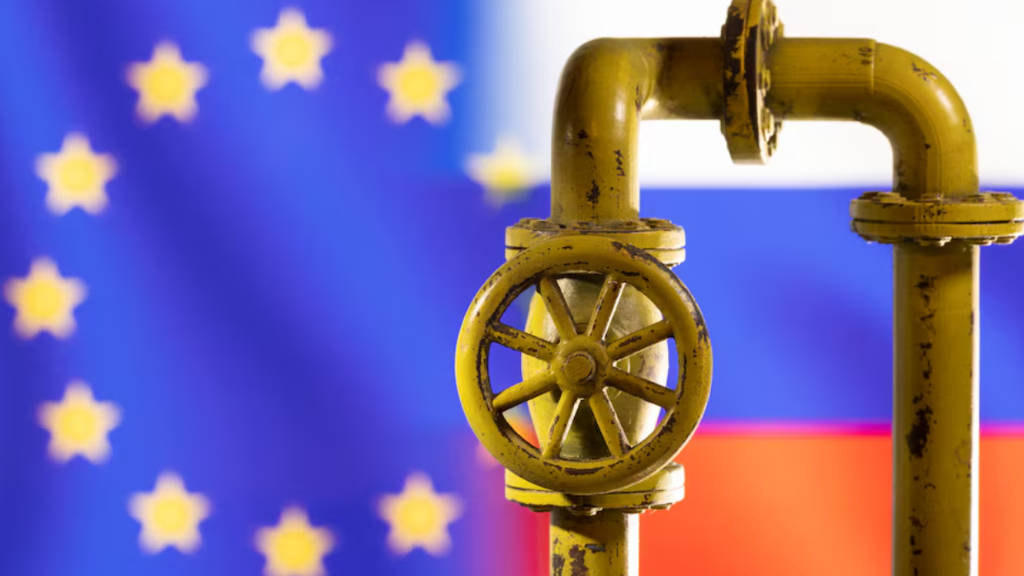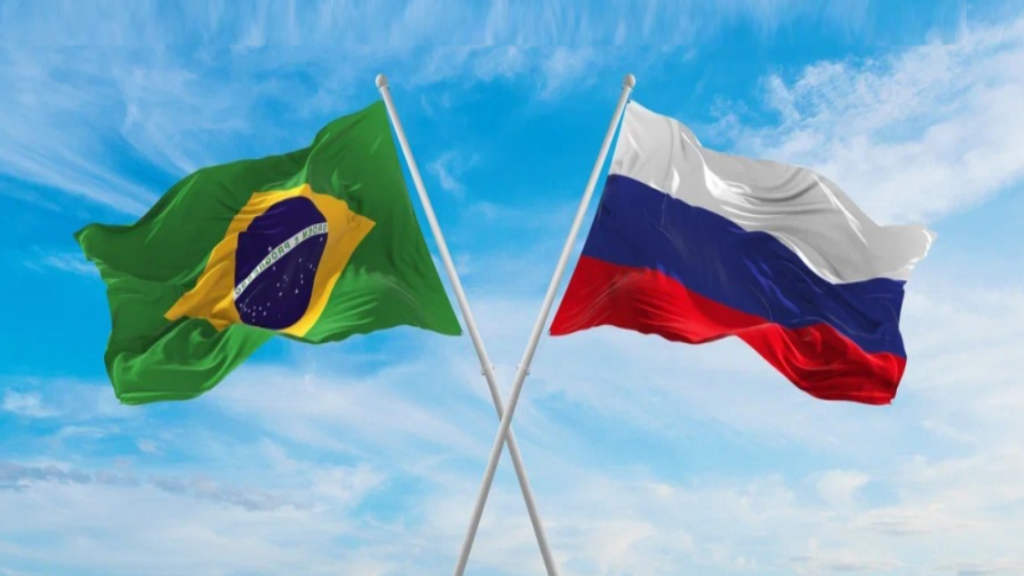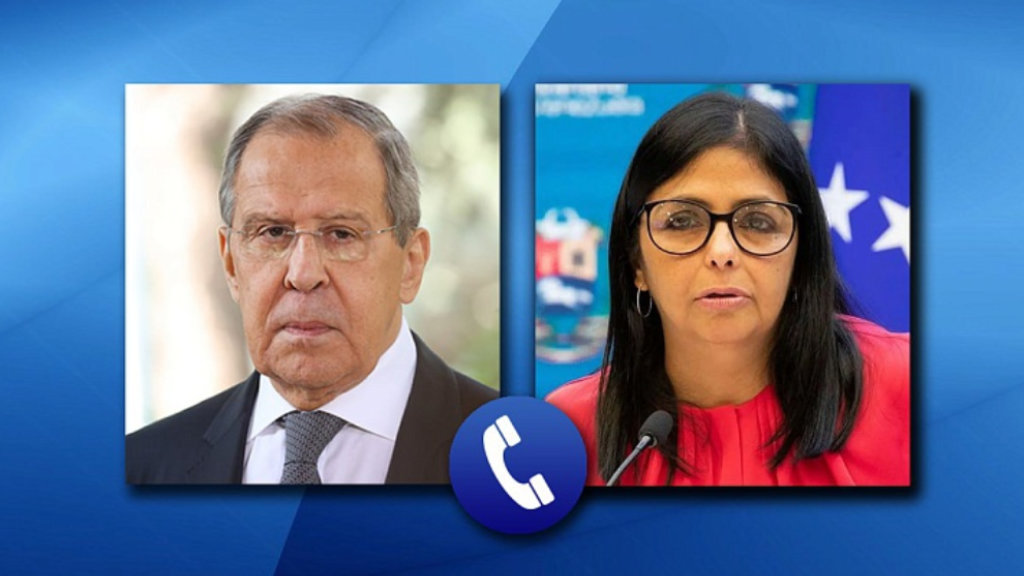The European Union was the largest importer of Russian LNG in July this year, with the EU’s top 5 importers paying Russia €1.1 billion for the fuel, according to the Center for Research on Energy and Clean Air (CREA). The EU does not sanction natural gas, which accounts for over 67% of these imports. In July, it was primarily delivered via pipeline or as liquefied natural gas.
In total, the EU was the largest buyer of Russia’s LNG, purchasing 51% of Russia’s total exports, followed by China with 21% and Japan with 18%. It was also the largest buyer of Russia’s pipeline gas, accounting for 36% of exports, while China purchased 30% and Turkey 27%.
Despite the Russia-Ukraine war and Brussels political rhetoric, the European Union’s reliance on Russian LNG has grown. Imports have increased by 9% since 2022.
In terms of specific countries, Hungary was the largest EU importer of Russian fossil fuels in July, purchasing €485 million worth. These imports included crude oil (€200 million) and pipeline gas (€285 million).
France ranked second, importing Russian fossil fuels worth €239 million, all in the form of LNG. However, some of the gas imported in France is also directed to Germany.
Slovakia was the third-largest importer. 79% of its imports consisted of crude oil transported via the Druzhba pipeline, valued at €169 million. This pipeline has been consistently attacked by Ukraine.
Belgium and Spain ranked fourth, and fifth, buying exclusively Russian LNG, with imports totalling €102 million and €66 million respectively.
In terms of oil, in July 2025, an estimated €127 million worth of Russian oil was transferred daily via ship-to-ship operations in EU waters. G7+ tankers conducted 86% of these transfers, worth a total €3.937 billion over the month. This is despite the EU advising other countries such as China and India not to buy Russian oil or face sanctions, a threat that is currently being ignored, but which the EU has stated will be dealt with in its 20th package of sanctions – which are currently being prepared. Should the EU impose secondary sanctions on China and India, they will likely respond with their own reciprocal measures.
China was the EU’s third-largest export destination last year, worth €213.3 billion to EU manufacturers. 87% of EU exports to China were manufactured goods including machinery, automobiles, chemicals, and electronics.
Indian imports from the EU were worth €44.79 billion in 2024, with the main items being machinery, aircraft, and electronics.
Should the EU decide to place secondary sanctions upon China and India, they will need to be extremely careful about implementing this. China-India bilateral trade is just US$118 billion and is somewhat artificially reduced due to their previous poor relations. However, both Chinese President Xi and Indian Prime Minister Modi are actively seeking to improve this, with discussions on their trade being held at the Shanghai Cooperation Organisation Heads of State summit in China, when Xi and Modi, and their respective trade teams will meet. With their bilateral trade potential estimated to be US$500 billion, there is plenty of room, should the EU impose punishments upon them, to simply remove their imports from the EU and substitute these imported products in their respective bilateral trade.
Further Reading
Asia Now Buys 45% Of All Russian LNG, The European Union Purchased A Record 52% In 2024





